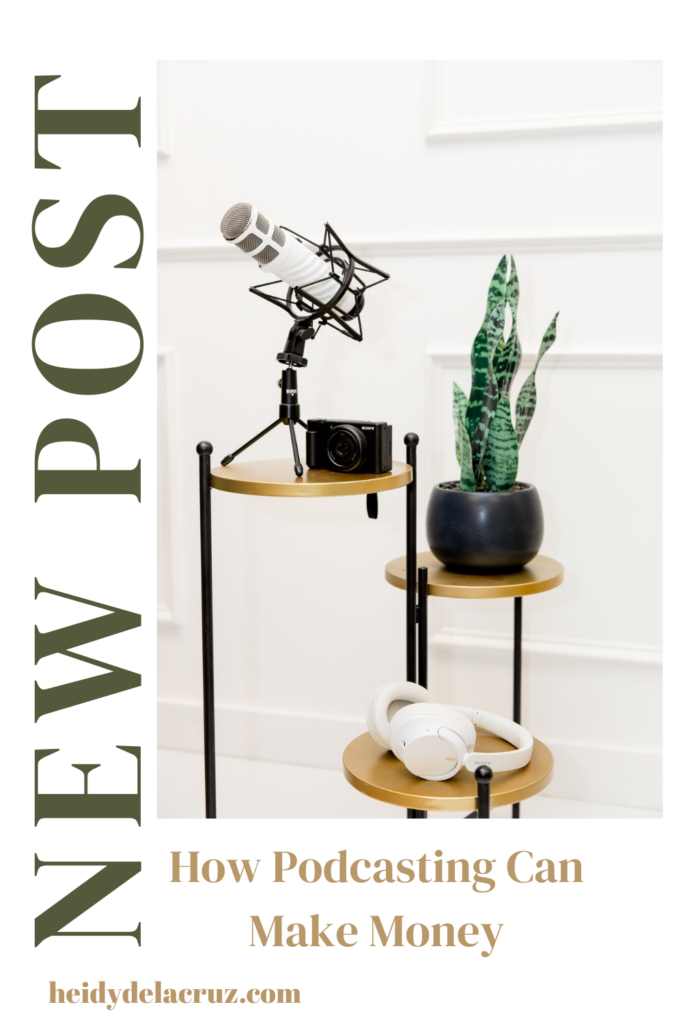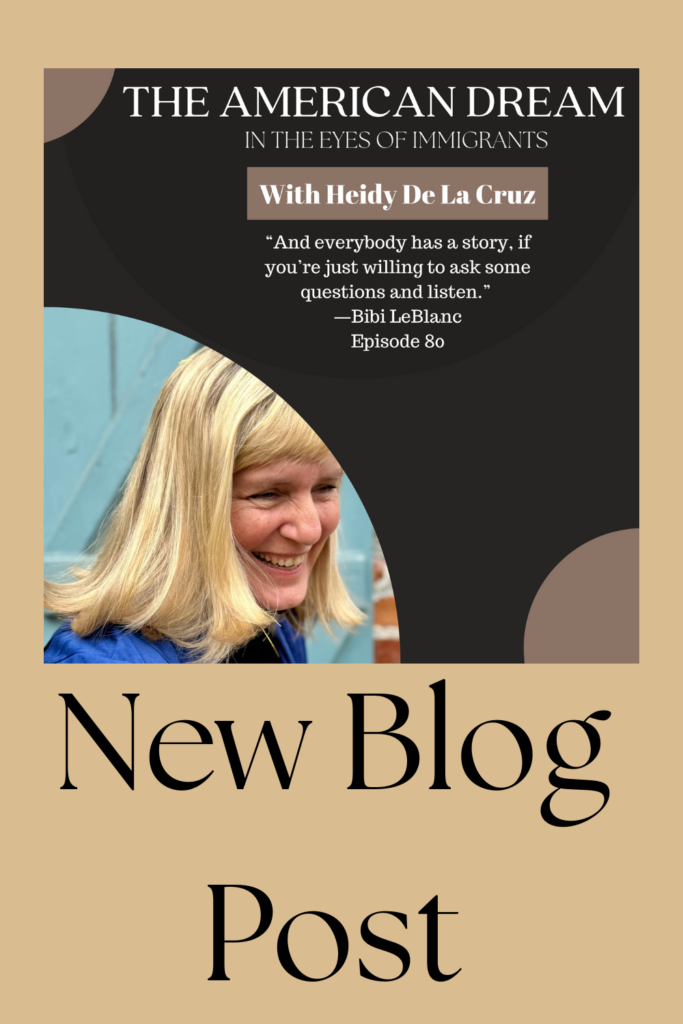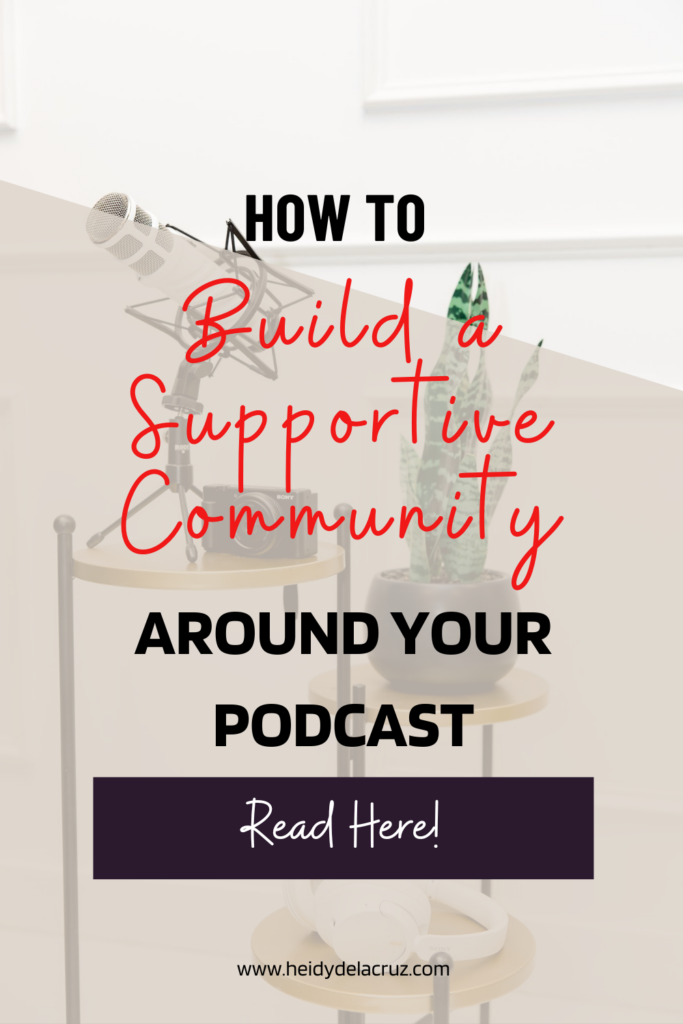Carlos Quezada’s Journey to Silicon Valley Success
Carlos is a successful figure in Silicon Valley. In his episode, he shares insights from his book, “The Immigrant Survivor Guide to Silicon Valley,” and recounts his experiences growing up between Mexico and the U.S., ultimately shaping his career path. Carlos comes from a small farming community in Jalisco, Mexico, and currently resides in San…
Growing Up Korean-American and Moving Back to Korea with Rée

Rée’s Story Growing Up Korean-American Rée describes herself as an interdisciplinary storyteller and educator. Her creative journey started early. With a background in art and film, she’s worked as a photographer, filmmaker, and graphic designer. Rée says her creative pursuits come naturally to her. Her brain works like a camera, constantly capturing images and patterns….
Who is Criya’s Founder? Deb Dutta

Deb shares her inspiring journey from India. A journey driven by her pursuit of better opportunities in computer science, leading her to study at Carnegie Mellon University. She discusses her career journey. Including her internship at Microsoft, employment at PayPal, and her entrepreneurial leap. She founded a tech startup, Criya, specializing in AI-driven visual content…
Understanding the Roles in Podcasting

As an aspiring podcaster, you’re entering into new territory, and this can be an exciting and overwhelming experience. As you start your new podcasting journey, it’s essential to understand the roles in the podcasting industry so you know who to reach out to for your specific podcasting goals. This guide will also help those who…
Vocal Sound Healing With Tatiana Moreno

Tatiana is a vocal sound healer and was born in Ecuador. She shares that growing up in Educador was a positive experience, but her desire to learn English drew her to move to the US with the Au Pair Program. Tatiana completed two years of the program because, after the first year, she didn’t feel…
How Podcasting Can Make Money

Many people start podcasting as a hobby, a tool to grow their brand, or even to build a media empire – but did you know that there are full-time podcasters? Yes, you can make a living by being a podcaster – so podcasting can make money! And in this post, I’ll talk about seven ways…
From the Cold War to Coloring Books with Bibi LeBlanc

Bibi LeBlanc was born in the American Sector of West Berlin, Germany. She usually has to explain what that actually means. She owns a marketing agency that creates coloring books for businesses! Bibi shares her experience of homeschooling her three boys and taking them to Costa Rica so they would learn Spanish. But also a…
How Often Should I Publish on My Podcast?

Whether I am hosting my Masterclass on how to launch a podcast or helping a client start their podcast, one of the most frequently asked questions I get is, “How often should I publish on my podcast?” And the answer is: well, it depends. Let me explain. The first thing to remember is that consistency…
How to Build a Supportive Community Around Your Podcast

Podcasting isn’t just about creating great content—it’s about building a loyal community that engages with your show, spreads the word, and grows with you. A supportive community can amplify your podcast’s impact, increase listener retention, and even open doors for monetization and sponsorships. The perfect example of the impact a supportive community is how I…
The Heart Coach with Rooya

Rooya was born in Afghanistan and remembers they had electricity at one point, and then they didn’t. During the time that communism was taking over, she remembers if people were caught fleeing or speaking out against communism, they were executed. She shares their journey, going across the desert for three days and four nights to…

